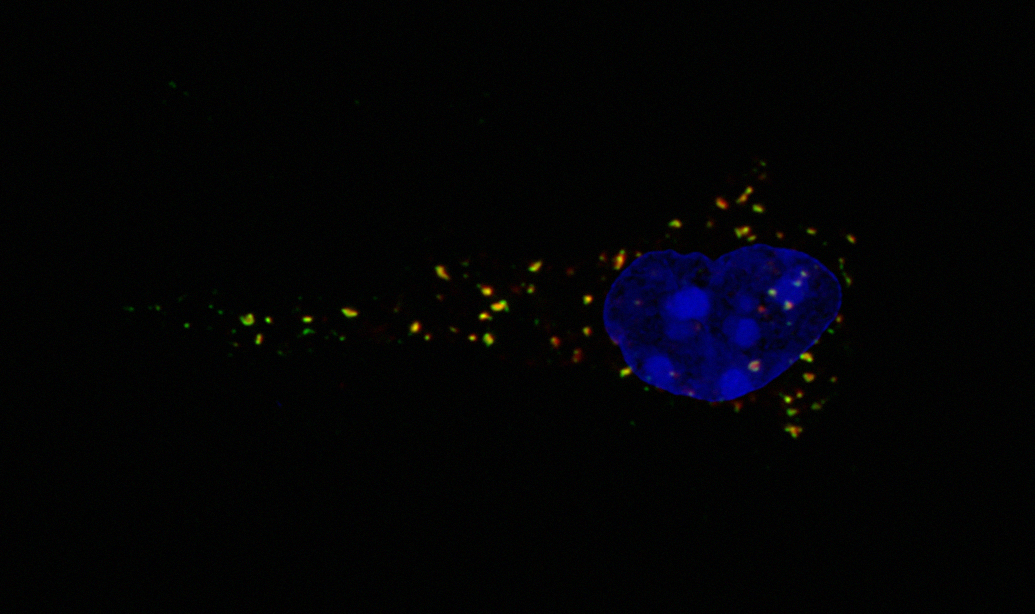Fish Immunology & Vaccinology
ABOUT
The group studies host-pathogen interactions, i.e., studying the mechanisms of action of virulence factors at molecular, cellular and organism level, as well as the host defence mechanisms dealing with those virulence factors. To address the issues raised by the conflict between hosts and pathogens, we have been mainly studying real case scenarios. We expect not only to generate knowledge for developing preventive and therapeutic measures to fight the diseases under study but also contributing to the understanding of the physiological events targeted by the virulence factors and using the virulence factors as novel therapeutics.
RESEARCH
The group has mainly been studying the factors and mechanisms involved in the infection caused by Photobacterium damselae subsp. piscicida (Phdp), a bacterium responsible for significant mortalities and economic losses in wild and farmed fish. As a relevant susceptible host, we have been using sea bass (Dicentrarchus labrax), disclosing aspects of its immune system, particularly in response to Phdp infection.
Among the myriad virulence factors that bacteria use to invade and proliferate in the host, toxins stand out for their extraordinary potency and specificity, often being lethal or inducing significant functional changes to target cells. We identified a single-chain AB toxin (AIP56: Apoptosis Inducing Protein of 56 kDa), whose intoxication mechanism correlates with the Phdp-associated pathogenicity in sea bass. AIP56 targets phagocytes, is internalized by endocytosis and translocates to the cytosol in an endosomal-acidification dependent manner. However, in contrast to prototypical short-trip single chain AB toxins, AIP56 has the elements involved in translocation scattered across its three domains rather than in a structurally complex translocation domain. In the cytosol, the toxin inactivates NF-kB, leading to the death of phagocytes by post-apoptotic secondary necrosis, thus disarming the host's immune response against the bacteria. Importantly, neutralizing antibodies to AIP56 protect sea bass against Phdp infection and resulted in the development of an AIP56-based vaccine.
Although mammals are not susceptible to Phdp, we found that AIP56 is able to inactivate NF-kB of mouse and human monocytes, macrophages and dendritic cells. This correlates with the existence of toxins homologous to AIP56 (AIP56-like toxins) in several species of endosymbiont or pathogenic bacteria from phylogenetically distinct organisms, including Vibrio strains isolated from humans, since when the receptor-binding domain of these toxins is used as competitors, it prevents cell intoxication by the homologous toxins, supporting that they share a phylogenetically conserved receptor. AIP56-like toxins also target NF-kB members, some with distinct specificity. This confers them great biotechnological potential as it may contribute to the development of new therapies for diseases linked to uncontrolled NF-kB activation. Moreover, we are engineering these toxins to deliver antigens into dendritic cells as a novel vaccination platform.
We also discovered that Phdp secretes large quantities of extracellular vesicles (OMVs) that protect the bacteria from fish antimicrobial peptides, indicating that they are part of a strategy to evade host defense mechanisms. When used as an adjuvant-free vaccine, crude OMVs have partially protected sea bass from Phdp infection, paving the way for developing vaccines against Phdp or other fish pathogens when incorporating heterologous antigens into OMVs, which the group is also addressing.

Team
Selected Publications
The apoptogenic toxin aip56 is secreted by the type ii secretion system of photobacterium damselae subsp. Piscicida. Toxins9(11):, 2017. [Journal: Article] [CI: 18] [IF: 3,3]
DOI: 10.3390/toxins9110368 SCOPUS: 85034449974
Pereira L.M.G., Pinto R.D., Silva D.S., Moreira A.R., Beitzinger C., Oliveira P., Sampaio P., Benz R., Azevedo J.E., dos Santos N.M.S., do Vale A.
Intracellular trafficking of AIP56, an NF-κB-cleaving toxin from Photobacterium damselae subsp. piscicida. Infection and Immunity82(12):5270-5285, 2014. [Journal: Article] [CI: 16] [IF: 3,7]
DOI: 10.1128/IAI.02623-14 SCOPUS: 84911433340
Silva D.S., Pereira L.M.G., Moreira A.R., Ferreira-da-Silva F., Brito R.M., Faria T.Q., Zornetta I., Montecucco C., Oliveira P., Azevedo J.E., Pereira P.J.B., Macedo-Ribeiro S., do Vale A., dos Santos N.M.S.
The Apoptogenic Toxin AIP56 Is a Metalloprotease A-B Toxin that Cleaves NF-κb P65. PLoS Pathogens9(2):, 2013. [Journal: Article] [CI: 43] [IF: 8,1]
DOI: 10.1371/journal.ppat.1003128 SCOPUS: 84880954175
Reis M., do Vale A., Pereira P., Azevedo J., dos Santos N.
Caspase-1 and IL-1β Processing in a Teleost Fish. PLoS ONE7(11):, 2012. [Journal: Article] [CI: 76] [IF: 3,7]
DOI: 10.1371/journal.pone.0050450 SCOPUS: 84870595247
Costa-Ramos C., Vale A., Ludovico P., dos Santos N., Silva M.
The bacterial exotoxin AIP56 induces fish macrophage and neutrophil apoptosis using mechanisms of the extrinsic and intrinsic pathways. Fish and Shellfish Immunology30(1):173-181, 2011. [Journal: Article] [CI: 31] [IF: 3,3]
DOI: 10.1016/j.fsi.2010.10.007 SCOPUS: 78650697665
Silva M.T., Do Vale A., Dos Santos N.M.N.
Secondary necrosis in multicellular animals: An outcome of apoptosis with pathogenic implications. Apoptosis13(4):463-482, 2008. [Journal: Review] [CI: 185] [IF: 4]
DOI: 10.1007/s10495-008-0187-8 SCOPUS: 41149115987
Pinto R.D., Nascimento D.S., Reis M.I.R., do Vale A., dos Santos N.M.S.
Molecular characterization, 3D modelling and expression analysis of sea bass (Dicentrarchus labrax L.) interleukin-10. Molecular Immunology44(8):2056-2065, 2007. [Journal: Article] [CI: 73] [IF: 3,7]
DOI: 10.1016/j.molimm.2006.09.014 SCOPUS: 34147189842
Do Vale A., Costa-Ramos C., Silva D.S.P., Macedo P.M., Fernandes R., Sampaio P., Dos Santos N.M.S., Silva M.T.
Cytochemical and ultrastructural study of anoikis and secondary necrosis in enterocytes detached in vivo. Apoptosis12(6):1069-1083, 2007. [Journal: Article] [CI: 15] [IF: 3]
DOI: 10.1007/s10495-006-0040-x SCOPUS: 34247889986
do Vale A., Costa-Ramos C., Silva A., Silva D.S.P., Gärtner F., dos Santos N.M.S., Silva M.T.
Systemic macrophage and neutrophil destruction by secondary necrosis induced by a bacterial exotoxin in a Gram-negative septicaemia. Cellular Microbiology9(4):988-1003, 2007. [Journal: Article] [CI: 48] [IF: 5,3]
DOI: 10.1111/j.1462-5822.2006.00846.x SCOPUS: 33947168734
Do Vale A., Silva M., Dos Santos N., Nascimento D., Reis-Rodrigues P., Costa-Ramos C., Ellis A., Azevedo J.
AIP56, a novel plasmid-encoded virulence factor of Photobacterium damselae subsp. piscicida with apoptogenic activity against sea bass macrophages and neutrophils. Molecular Microbiology58(4):1025-1038, 2005. [Journal: Article] [CI: 82] [IF: 6,2]
DOI: 10.1111/j.1365-2958.2005.04893.x SCOPUS: 27944453406

